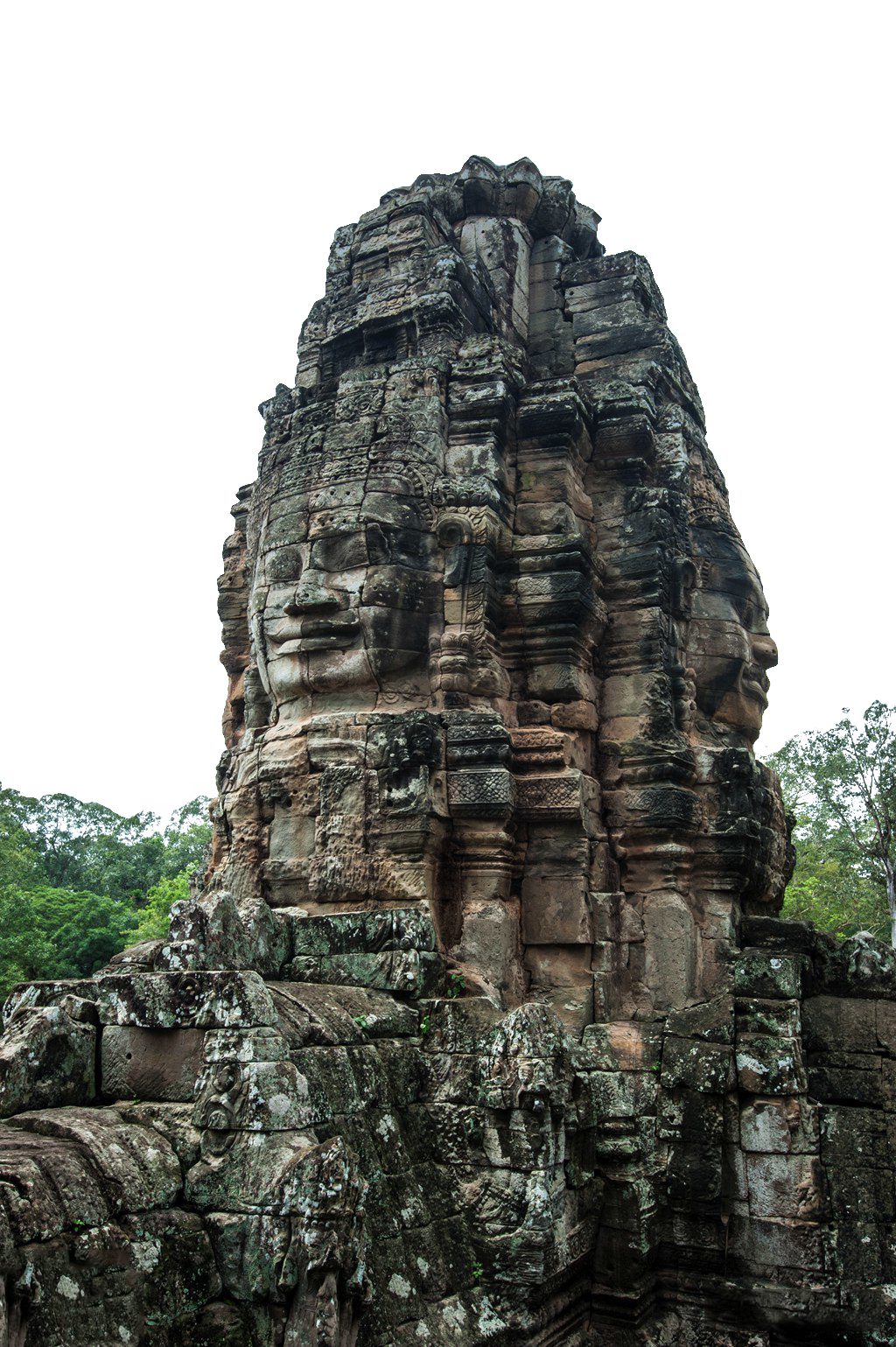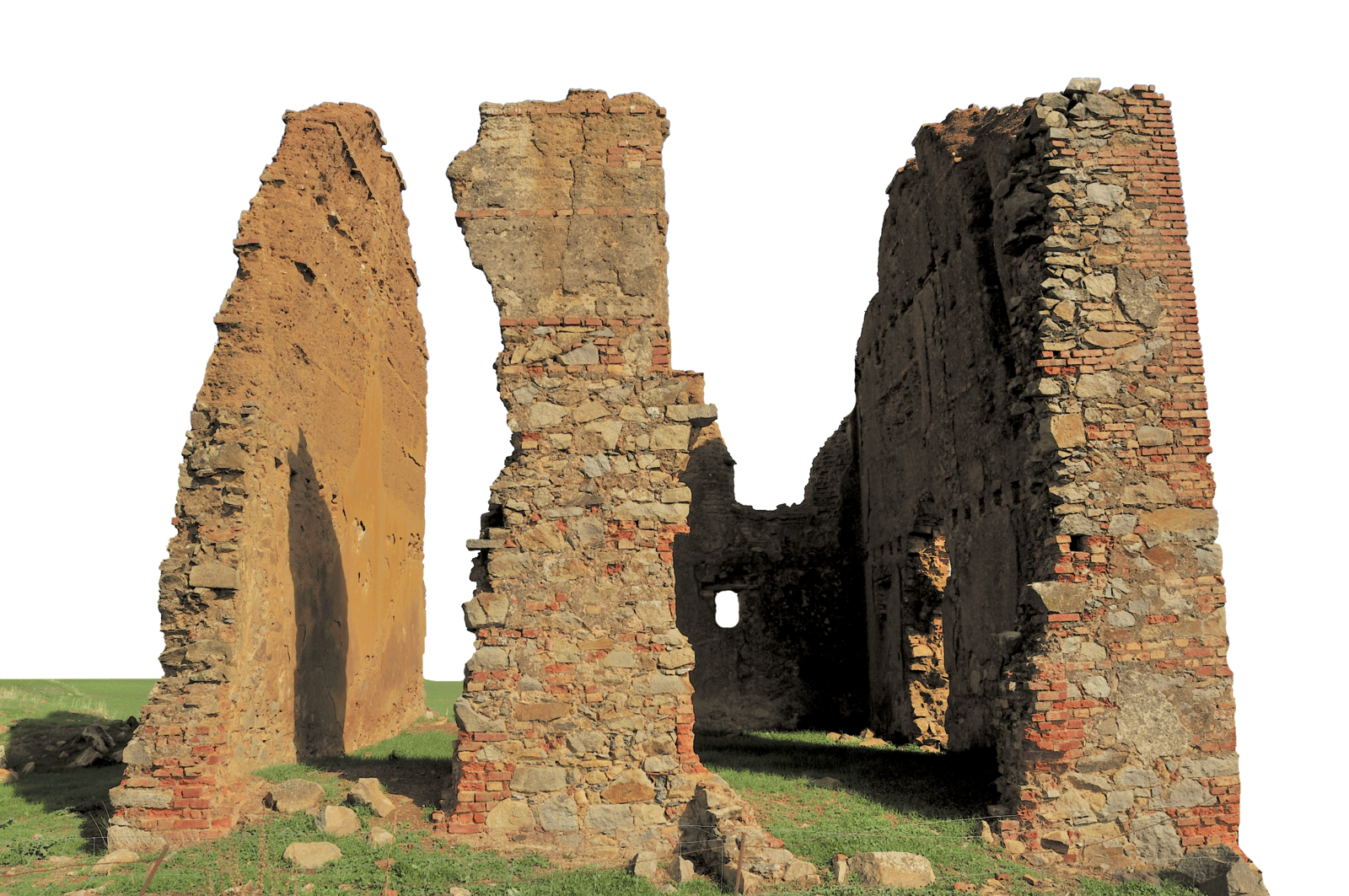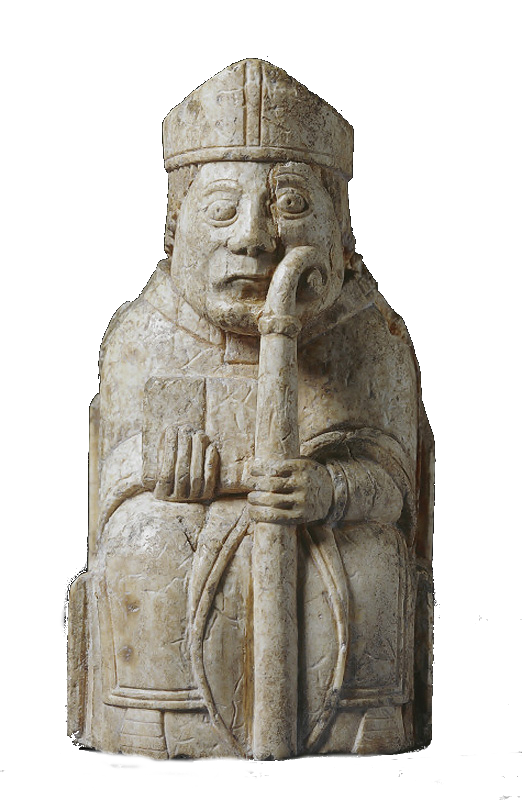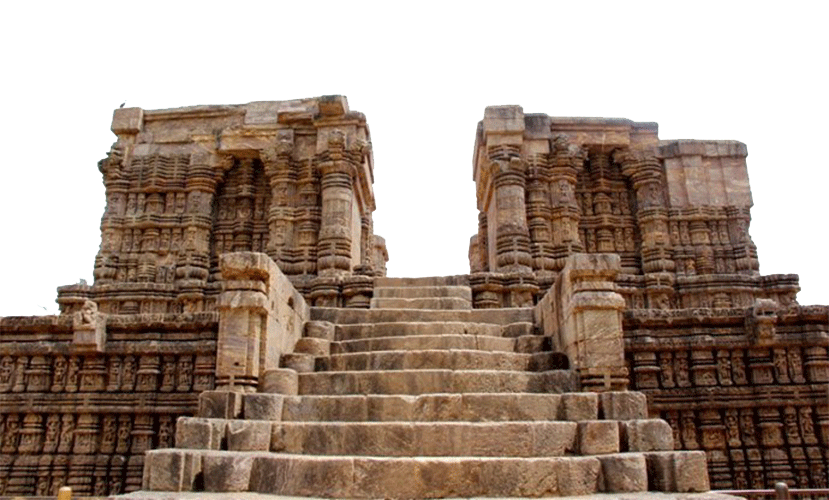This is the best summary I could come up with:
Scientists have discovered a long-buried branch of the Nile River that once flowed alongside more than 30 pyramids in Egypt, potentially solving the mystery of how ancient Egyptians transported the massive stone blocks to build the monuments.
The 40-mile-long (64km) river branch, which ran by the Giza pyramid complex among other wonders, was hidden under desert and farmland for millennia, according to a study revealing the find on Thursday.
“But nobody was certain of the location, the shape, the size or proximity of this mega waterway to the actual pyramids site,” said the lead study author, Eman Ghoneim of the University of North Carolina Wilmington in the US.
Radar gave them the “unique ability to penetrate the sand surface and produce images of hidden features including buried rivers and ancient structures,” Ghoneim said.
This indicates that the river played “a key role in the transportation of the enormous building materials and workmen needed for the pyramid’s construction”, she added.
These heavy materials, most of which were from the south, “would have been much easier to float down the river” than transport over land, the study co-author Suzanne Onstine of the University of Memphis said.
The original article contains 503 words, the summary contains 194 words. Saved 61%. I'm a bot and I'm open source!



